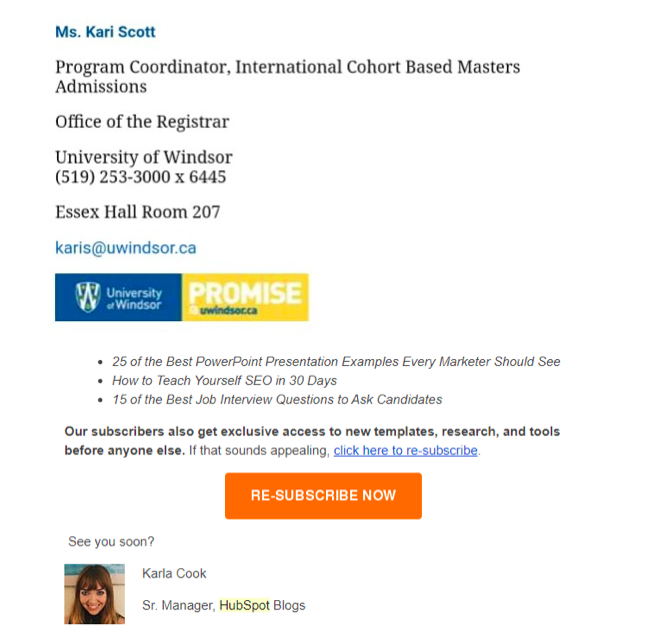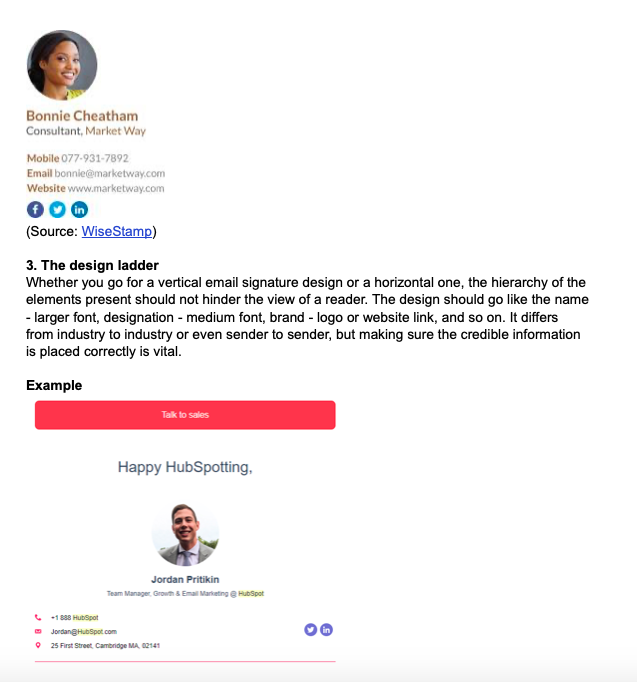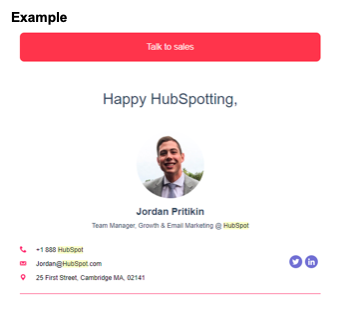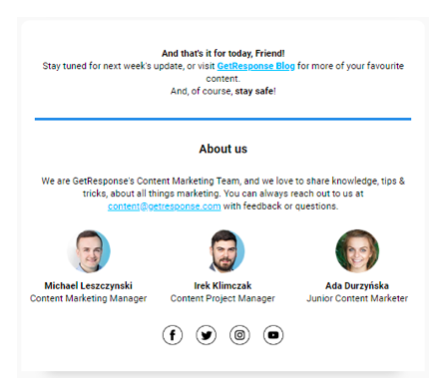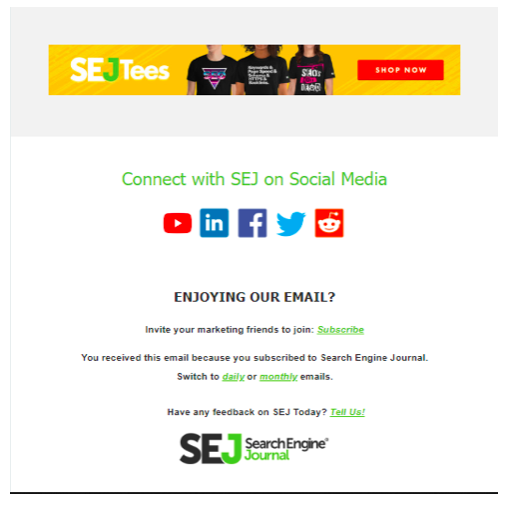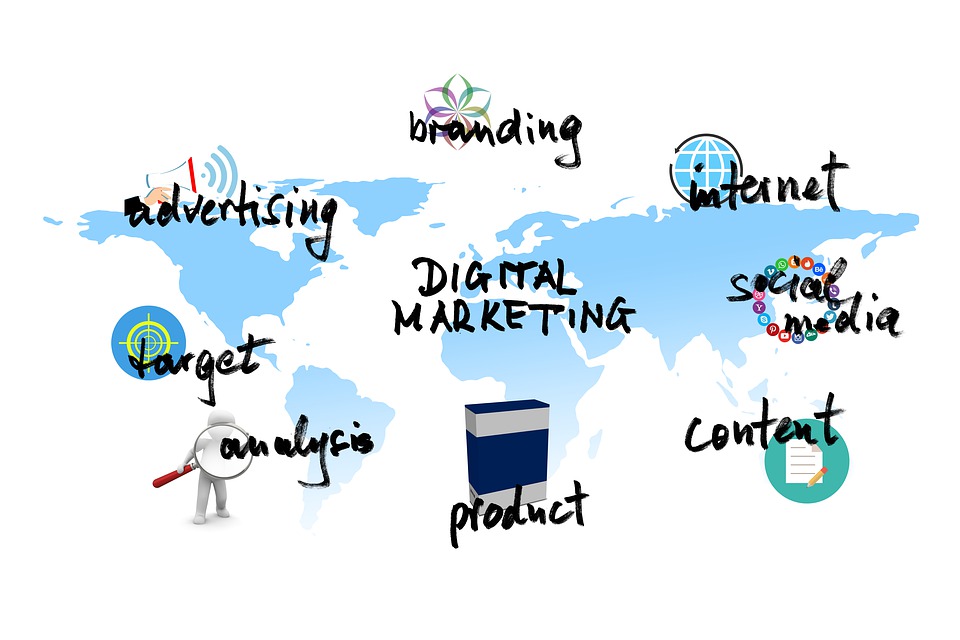One thing that you need to do before all else when trying to gain media coverage is to create a media list. It is one of the most important public relations jobs and it is always guaranteed that when done right, it is an effective way to establish media relations with target specific journalists and influencers.
This guide will go in detail about:
- What is a media list?
- Making the perfect media list
- How to use media lists to get press
- How to start a conversation with media outlets
- Examples of media lists
What is a media list?
The whole point of a media list is to have a detailed document of media outlets including journalists, bloggers, writers, editors and influencers that are perfectly matched to your niche and topics that you are writing about. It normally includes the name of the individuals and their contact information.
The opinion of a media list is very hit or miss because it can be construed as a waste of time and a way to spam every media outlet to get responses from anyone. There are two halves of developing contacts, which include building an effective media list and being able to start conversations and build relationships with media contacts.
Making the Perfect Media List

Step 1: Find your audience
It is important to figure out every aspect of your audience; what they read, what they listen to, what they watch, the type of things they follow on social media, etc. With this information, you will get a better understanding of the type of media outlets to target. From there, you can ensure coverage by sending your press release email to the appropriate audience
This research information of your media list is very important because from there you are creating a list that is more thorough and you can think about:
- Your customers – the people that are going to buy your product or service
- The stakeholders in your company – The people that require evidence that your PR is working
- Industry experts – the people in your sector that you want to notice your company
- Regulators – the people that have a direct influence on your sector and are beneficial to impress.
From there and to keep everything concise and put together, create a spreadsheet of all ideas and titles that relate to your industry. Once you have compiled everything, you can search keywords of your ideas on search engines for the relevant newspapers, magazines, etc. that cover the same or similar topics that you have put in your spreadsheet.
Step 2: Creating the list
A good media list needs to be clear, concise, and organized. Here are some things that you should add to your list:
1) Name of the publication/blog/website
You should identify the exact name of media outlets and add it to your media list because there is a possibility that reporters will move around and change their jobs, so you want to focus on the publication and readership rather than just the contact.
2) Publication website address
This could be a handy shortcut on your media list so that you can easily refer to the media outlet’s online presence whenever you need to.
3) Reporter/Blogger/Journalist/Broadcaster full name
Do not send press releases or stories to email addresses that seem generalized, it would honestly be a waste of time because so many emails go through these email addresses, they aren’t going to think twice about skipping over them.
You need to see if you can find the email addresses of the specific bloggers and people that you want to write about your product/service and keep it precise and personal.
4) Job title
You should also keep note of the position that the contact holds in the company that they work for because it might become relevant for your media pitch. This is helpful when you have breaking news about your industry and when you contact them because it is relevant and it helps both of you.
5) Email
This is one of the most important things because you are going to need an email address of your contacts when you decide to distribute your press release.
6) Phone number
You might also want their phone number so that you can call them to talk about a story or follow-up on a pitch that you had previously sent to see if it is relevant.
7) Social media details
If they are on social media, you should add them so you can also start building a personal relationship with them. It is common that journalists are found on Twitter, so find their handle and start talking to them.
8) Frequency
Make a note of how regularly the publication you want to send your pitch to goes out. This can have an impact on the stories that you send because they could only post monthly, weekly, etc. You need to know when to send your pitch out and whether it is relevant at the time.
9) Story ideas
This is a perfect moment to align the stories you intend to send out with the right people. If you have a collection of different angles and stories that you want to send out, you can add them to this column so that you can link them to the appropriate reporters and broadcasters. When you do this properly, you won’t end up sending your press releases to the wrong people.
10) Notes
Keep track of important information that could be useful in the future. When it comes to the media outlets, you can add the stories that they have written recently, specific area they do features on, notes about conversations on social media you have had with them.

Step 3: Research relevant journalists
The next step is to click on the articles that are on the first few pages of your search because those will be the most relevant to your topic. When you are going through the articles, make sure to double check if there is an actual person that you can contact because sometimes, blogs do not give out author’s names for articles written.
Don’t get discouraged if you can’t find the author’s name right away, just keep doing some research on the platform and you might be able to find another contributor that you can contact. It is important that you not only try to get coverage by top-tier publication but try and establish credibility with smaller media outlets to build up your portfolio.
Step 4: Make your list of target journalists
While you are reading each article from your search results, you should go through some questions before you add them to your media list. You should try and keep your PR lists more simplified because the thing to remember is that it is more effective to have a handful of relevant journalists that you have a good relationship with than a long list of journalists that are a part of your field, but you rarely speak to.
The questions that you should ask yourself before adding them to your list are:
- Are they a generalist or specialist in the field?
- What is their editorial style?
- Are they easily contacted or mind being contacted by different mediums?
- What kinds of publications do they or have they written for?
From there, you can tailor your messages in a way that you know will catch their attention. They are constantly bombarded by messages and information that may not concern them, so keep your messages as relevant to the topic at hand as possible. You can also think of media relations as a number of games, the more you pitch to, the higher chances of landing something. Just make sure you understand the relevance.
Quality over Quantity.
If they answer all these questions, add them to your media list and go from there.
Step 5: Keep your list updated
Creating a media list can take time and effort because it is important to keep the list current and updated. New media opportunities can present themselves whenever possible and journalists can move around, so you need to stay alert and update any information that can possibly change. It will make sure that you still have the relevant media outlets and also makes sure that your hard work is wasted.
Step 6: Watch your market and competitors
It is more than likely that whatever industry you are in, some media outlet somewhere has written something about it. That means that they definitely have the experience to write about your company and your industry. However, when you pitch to those media outlets, make sure that you stand out from your competitors because if they have talked about a similar product/service, they most likely would not have to talk and write about the same thing again.
How to use media list to get press?
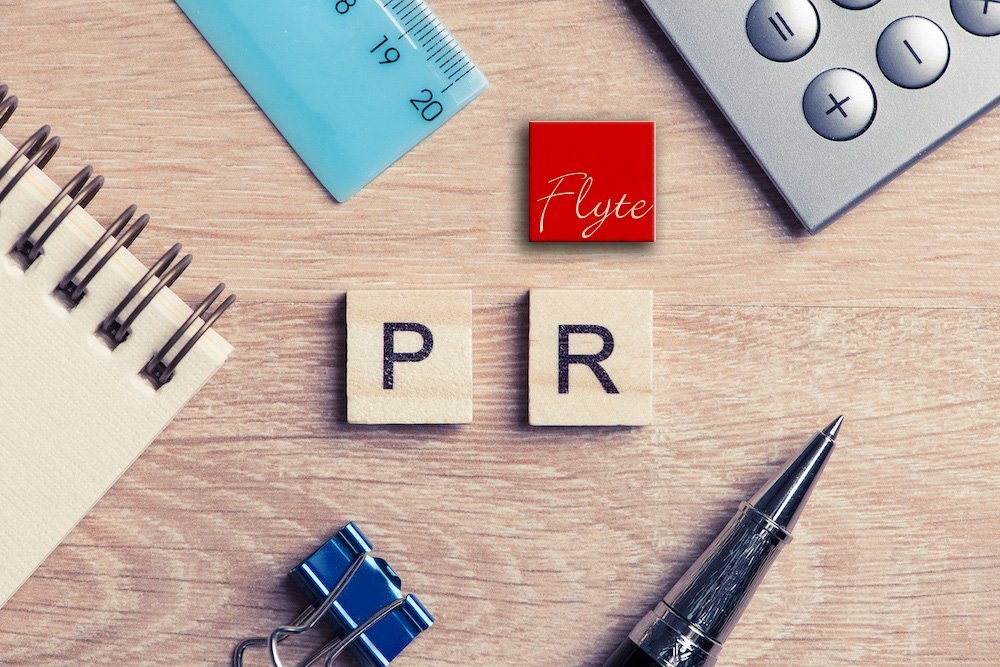
Enterprise Resource Planning collected of scrabble game elements
You may have a large list of relevant names and contact details, but you still need to make sure that when you pitch, you still keep it personal. You need to remember that just because you are using your efforts to connect with them and chat with them, it does not mean that they know you.
You need to connect on a personal level and have communicated prior before sending them a press release or story pitch. Make sure that they are aware of you and your business, already interested in your story and relatively excited about posting and sharing your story with their readers.
It order to build a relationship with any type of media outlet, it is simple enough to start a conversation. It is important to start a conversation with the relevant people that already exist on your media list weeks before your actual launch date of your product or service. Continue having the conversation until you have built a solid relationship so that when you need media coverage, you can approach them with a preexisting relationship and not as a complete stranger and there is no need to send a cold email pitch. It can take so time to build a good relationship, but once it is done, the payoff is definitely better than last-minute attempts.
How do you start a conversation?
Sometimes it might hard to figure out how to start a professional conversation. So, in order to get some pointers, closely read the articles that are a part of your research. It may seem a bit harsh, but try and find mistakes, weak points or anything missing from an article or blog posts that could be used to start a conversation.
Some things to look for:
- Grammar errors
- Outdated facts
- Information that can be added
- Possible articles that need follow up stories
It is also important to understand that when it comes to influencers, you should try many different types. Don’t limit yourself to journalists or bloggers. You can even try to get coverage from investors, social media influencers, and even founders of other companies. To find the appropriate ones, you need to define the goal of your product or service and then define your target audience. Once you figure out all those things, you are all set.
Creating a media list is easy; it is the follow-through that can be complicated. You need to make a solid first impression so that you can get continuous coverage. The more effort you put into creating a media list and sparking a solid conversation will have a great payoff.
Conclusion
Media lists are a way to keep everything organized and up-to-date so that you know what you are sending, who you are sending it to, and when. It is a way of documenting the key media contact that might be interested in stories about your business or area of expertise. Do not limit yourself to the traditional media outlets, keep an open mind and don’t give up too quickly if you don’t catch the big fish. Keep at it and it will all be worth it in the long-run.



















